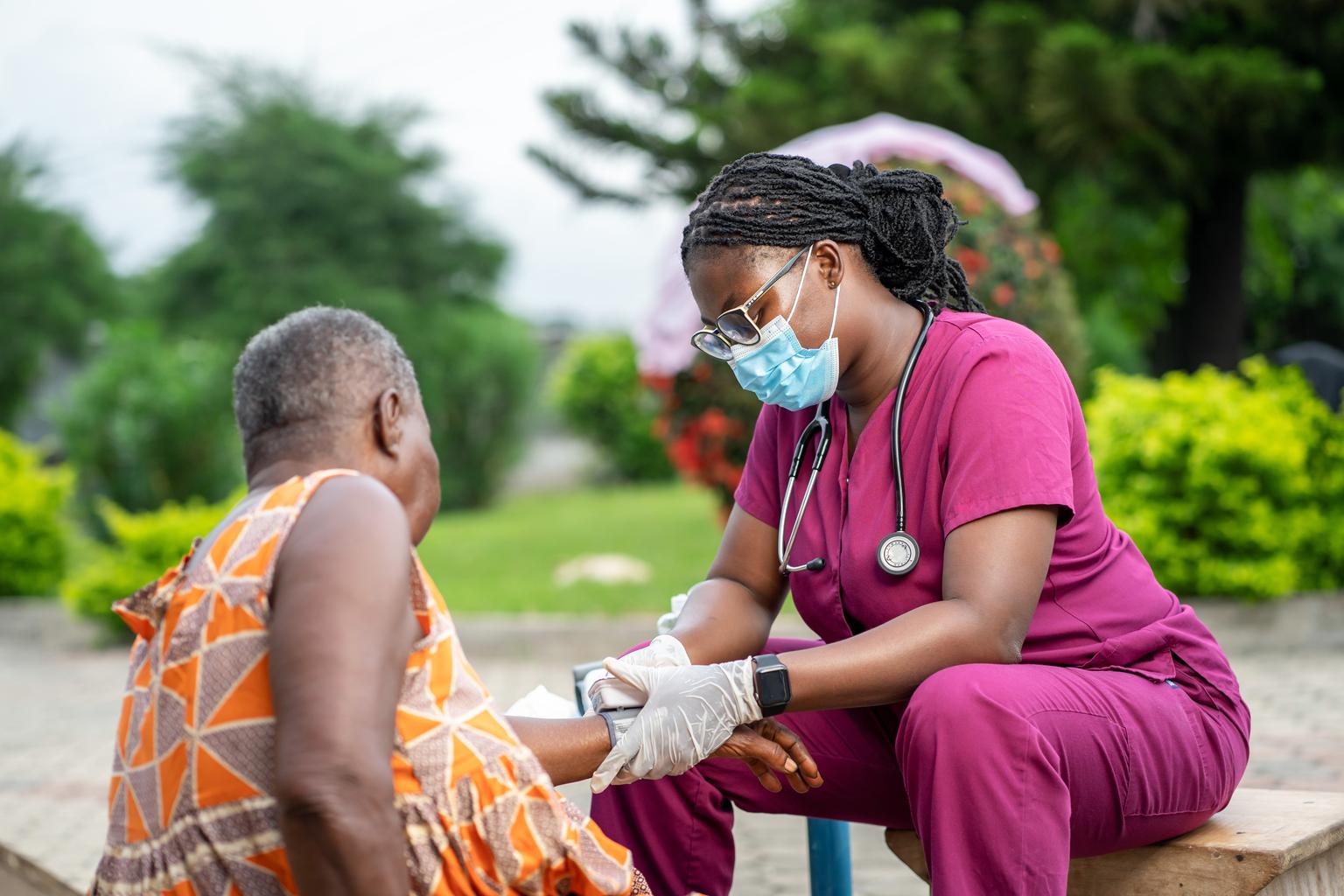Doing your homework and choosing the right journal for your article is the first step in getting published. So where do you begin?
For new and experienced authors, finding the right journal with the right audience for the right article can be a challenge.
The number one reason manuscripts are rejected is because they are submitted to the wrong journal. Doing your homework and choosing the right journal for your article is the first step in getting published. So where do you begin?
First, choose the journal you want to write for and make sure the journal audience is your manuscript audience. On every journal website you’ll find an “About the Journal” section—read it carefully and make sure your manuscript is a good match. Some journals want potential authors to send a query to the journal editor prior to submitting the manuscript; make sure you do so if a journal requests it. Some journals, however, dislike receiving a query letter prior to submission, so only send one if it’s specifically requested.
The next step is to read the journal’s “Instructions for Authors.” The instructions will tell you the journal’s style; some frequently used styles include APA, MLA, AMA, and Chicago. Make sure your manuscript uses the correct style for in-text references and the reference list. If you are inexperienced with writing in a particular style, using a manuscript template or wizard such as EndNote for Word documents that formats your manuscript in the correct style can be very helpful. The Instructions for Authors will also tell you the types of articles the journal publishes, word length in some cases, and how to construct your manuscript. If you are a nonnative English language author, you will want to use a language editing service to ensure your manuscript has been translated to English correctly.
Every LWW journal provides a list of Language Editing Services available on the Instructions for Authors page. Make sure your paper adheres to the standards of biomedical publishing. Medical, nursing, and allied health publications adhere to standards within the publishing industry to ensure the content is reliable, valid, and of quality, and that any research is transparent. Refer to the International Committee of Medical Journal Editors (ICMJE), the World Association of Medical Editors (WAME), and the Committee on Publication Ethics (COPE) for the latest standards. For original research, refer to Consolidated Standards of Reporting Trials (CONSORT) for randomized studies, Transparent Reporting of Evaluations with Nonrandomized Designs (TREND) for descriptive and epidemiologic studies, and Standards for QUality Improvement Reporting (SQUIRE) for quality improvement reports. The EQUATOR Network site will give you all the information you need to report and publish health research studies. The EQUATOR Network provides checklists you can use to ensure your research paper contains all the correct components. Once you have read the Instructions for Authors and ensured your manuscript meets the standards of the biomedical journal industry, you are ready to submit your manuscript for publication using a manuscript submission and peer-review system such as Editorial Manager.
Good luck with your submission!





